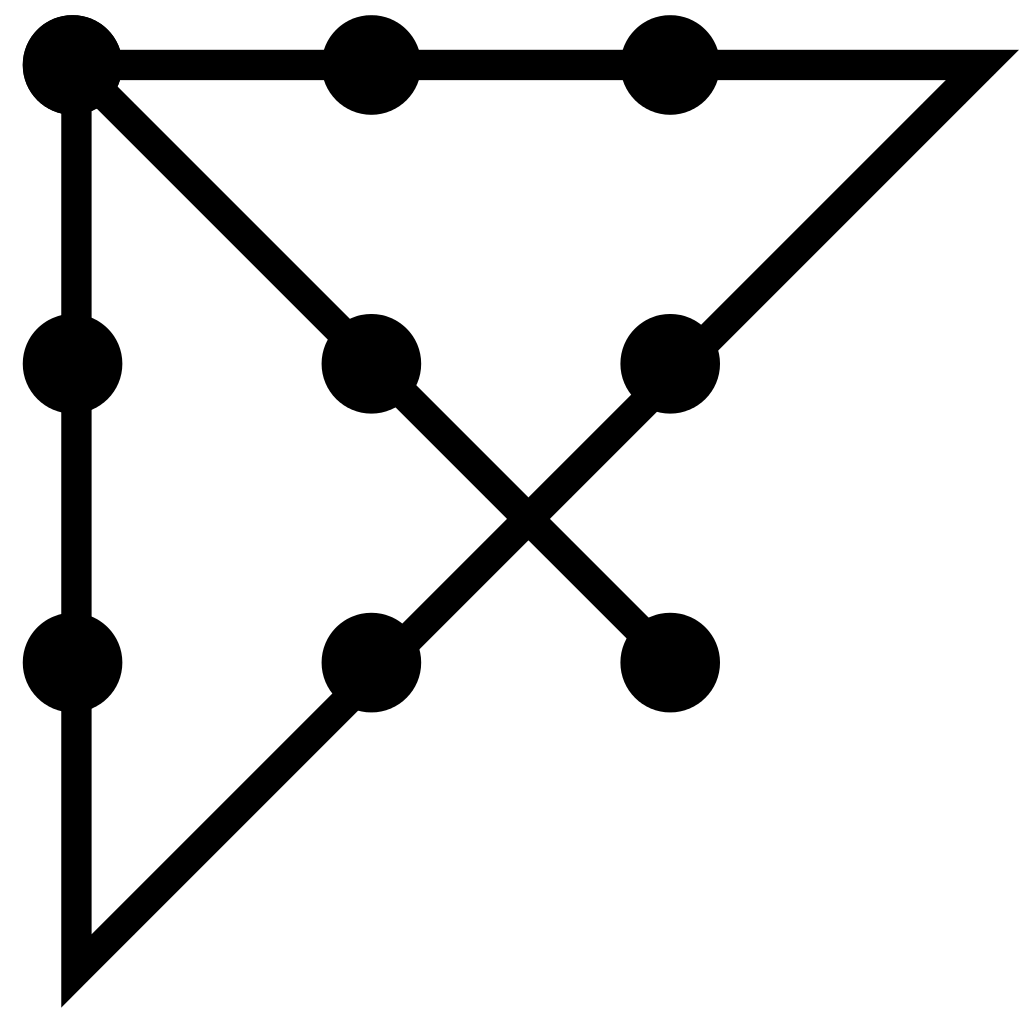“Be yourself. Everyone else is taken.”
This Oscar Wilde’s quote is a common career/life advice most self-help gurus give in today’s context, where ‘authenticity’ has been more of a buzz-word. Before pointing fingers, I’ll admit myself first – I have given this advice plenty times in the past.
However, I needed to overcome my own confirmation bias, and thus, I was determined to look beyond the obvious for this small self-help sentence of being authentic. Borrowing words from Simon Feldman’s book, Against Authenticity, he writes, “Being yourself – this ubiquitous dictum seems like a marvelous philosophical wisdom, but also an empty truism“.
WHAT’S THE PROBLEM WITH AUTHENTICITY?
A lot has been talked about being yourself and having authenticity. There also has been scholarly articles and podcasts about authenticity being a double-edged sword, but most of us choose to willfully ignore it possibly due to our own cognitive biases. In general, these articles talk about how people misuse “being oneself” to justify their selfish actions and behaviors (in short, being a jerk).
You can’t show up in boxers for a job interview, and say “I’m being myself”, can you?
Also, most humans have lost their own credibility when they stick to their own definitions and boundaries of “authentic” personality. People also use authenticity as an excuse to not stretch and grow, or explore more of their own capabilities.
Professor Herminia Ibarra’s research (also published in HBR Article, “The Authenticity Paradox”) suggests that when people are promoted and have a fixed mindset to their own boundaries of being authentic, they would be at greater risk of failing in their new role. Authenticity generally revolves around the triad of i) being true to yourself, ii) maintaining strict coherence between what you feel and what you say/do, and iii) Making value-based choices. However, Professor Ibarra also states a too-rigid definition of authenticity can create problems than do good. Here’s how:
“Being yourself” isn’t necessarily a bad advice. But it does turn bad when this is just pasted out of context. This doesn’t really tell us what to do exactly. This ambiguity itself might be a narrative for starting a snowball effect, thereby causing larger problems.
HERE’S SOMETHING TO CONSIDER…
Organizational psychologist Adam Grant vouches about authenticity being a double-edged sword in his podcast. Grant articulates that being authentic without boundaries, status, and empathy would be non-valuable.
I’ve myself realized – especially at times of workshops & trainings – that just “being myself” didn’t work in fostering the connections between me and my audience. I needed to “be one of them”, whilst not losing a major portion of my authenticity. I had to customize myself to be one of them, speak their language, articulate in a way they could comprehend, without having to completely sacrificing my own-self. This is what I prefer to call “adaptive authenticity“.
We need to understand that being ourselves with everyone we meet and disclosing too much of our thoughts and feelings to everyone would be a credibility-killer. Being aware, and adapting to the people and environment and customizing our own actions and behaviors could be a point to start with.
Furthermore, without earning a “status”, our authentic self might not be appreciated. Research have shown a dark side of authenticity in organizational life – it’s only as you progress up the career ladder that you have the license, power and opportunity to be authentic. It takes time for people to earn “idiosyncrasy credits”. Idiosyncrasy credits are what allows us to deviate from group opinions, but a negative credit balance means being our authentic-self might not be appreciated.
Without a qualm, empathy is a big component in being our own authentic self. We can consider asking ourselves a simple question, “How does my actions (resulting from me being myself) affect the other person?” But before all these talks of “being authentic”, we need to look into ourselves, for a detailed self-assessment and self-awareness.To begin with, I would vouch people to listen to Socrates’ advice of “Know Thyself“, and then only go to Oscar Wilde’s advice of “Be Yourself“.















